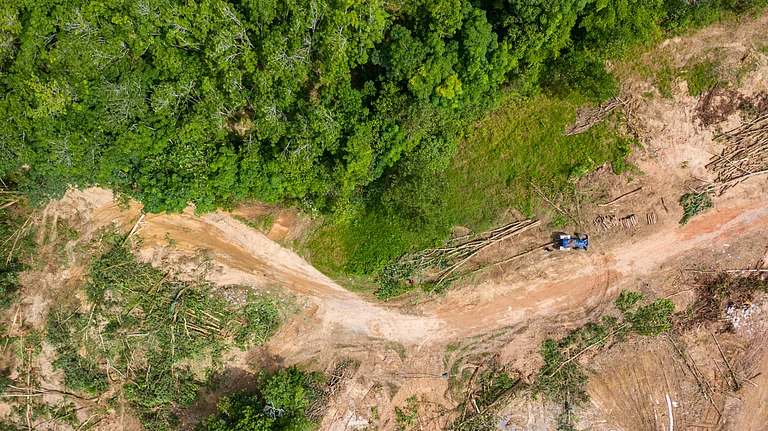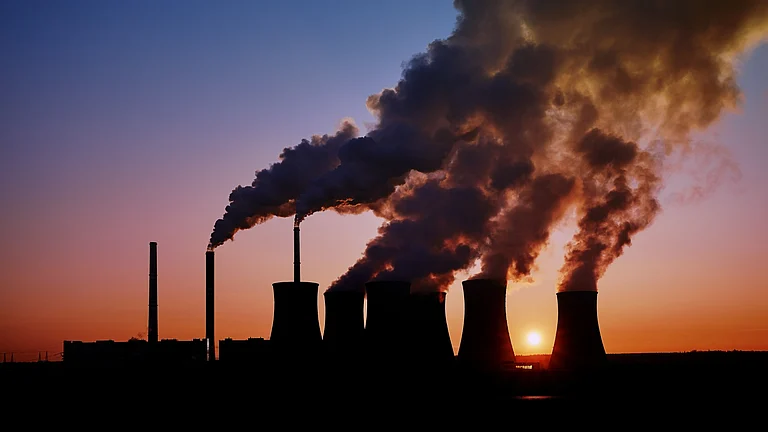As our planet races toward a climate catastrophe, the urgency for action has never been clearer. Humanity stands at a crossroads and the window to reverse course is rapidly closing. In this critical moment, carbon credits have emerged as a powerful tool, offering a transformative solution in the fight against global warming.
More Than a Buzzword
Once met with scepticism and dismissed as greenwashing, carbon markets have evolved into robust instruments for channelling capital into environmental initiatives.
As global markets and international governance systems develop, carbon credits are gaining traction as a key element in the broader strategy to combat climate change. Understanding the mechanics and global reach of carbon credits is now essential knowledge for anyone who wants to grasp how the world is taking serious steps to address the climate crisis.
As we explore this intersection of environmental urgency and financial innovation, one thing is clear: saving the planet and smart economics are no longer separate goals, but a unified pursuit.

Gaining Momentum
At their core, carbon credits represent a straightforward concept: one credit is the equivalent of one metric tonne of carbon dioxide or other greenhouse gases, either removed from the atmosphere or prevented from being emitted.
Organisations that reduce their emissions can generate excess credits, which they can sell to others who may struggle to meet their reduction targets. This creates a dynamic marketplace where the incentive to reduce emissions is both environmental and financial.
The journey of climate finance began with the introduction of cap-and-trade systems. Early efforts focused on setting a cap on total emissions, with companies receiving allowances for the right to emit a specific amount of greenhouse gases.
These allowances could then be traded between companies, incentivising those that could reduce their emissions below their allocated limits to sell excess credits to those needing additional permits. This straightforward system laid the groundwork for a more sophisticated approach to tackling climate change.
Over time, the need for more flexibility and scalability in managing emissions led to the growth of more complex carbon markets. These markets evolved to accommodate a wider range of stakeholders, including governments, private companies and international organisations.
Today’s carbon markets are far more intricate and encompass various types of carbon credits, from voluntary offsets to compliance credits, and reflect the nuanced strategies required to meet global emissions reduction goals.











